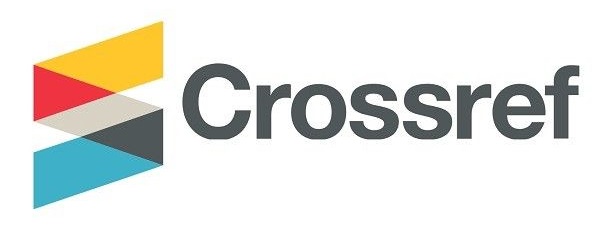A Cybersecurity Model for a Roblox-based Metaverse Architecture Framework
DOI:
https://doi.org/10.37745/bjmas.2022.0048Abstract
The adoption of virtual reality (VR) and augmented reality (AR) headsets in futuristic and science fiction has made it possible for the Metaverse to exist as a single, universal, immersive virtual universe. By extending technology outside of our physical reality, the Metaverse alters the human experience. The four categories we use to categorize metaverse definitions are environment, interface, interaction, and social value. Currently, it is unclear what the metaverse's structure and elements are. A cybersecurity framework for these devices is necessary as the world grows more interconnected and immersive technologies are increasingly widely used in business, government, and consumer markets. Used was a literature review. The goal of the study is to create a cybersecurity model for a Roblox-based Metaverse architecture framework that can be applied to internationalization, the value chain of education, and the delivery of online and e-learning education. The research is conducted using the Interpretivist Paradigm, which is characterized by a subjectivist epistemology, a relativist ontology, a naturalist methodology, and a balanced axiology. Both the qualitative methodology and the quantitative methodology with an experimental research design were applied. A systematic literature review was conducted on the metaverse, AR and VR. By describing each aspect of the metaverse, we categorized definitions of the metaverse into four categories: environment, interface, interaction, and social value. The interface is based on the level of immersion and there are physical, immersive, and 3D interface options available. There are realistic, unreal, and blended environments in the metaverse. Social networking, teamwork, and persona discourse are the three categories used to describe interaction in the metaverse. A major advantage of 6G is that it facilitates instant communication in phones, computers, wearable devices, robotics, and more. The Cybersecurity model for a Roblox-based Metaverse architecture framework developed is a Bayesian Network, which is a directed acyclic graph that has an associated probability distribution function that can be used for multivariate analysis.
Downloads
Downloads
Published
Versions
- 03-01-2023 (3)
- 05-12-2022 (2)
- 05-12-2022 (1)
Issue
Section
License

This work is licensed under a Creative Commons Attribution-NonCommercial-NoDerivatives 4.0 International License.











